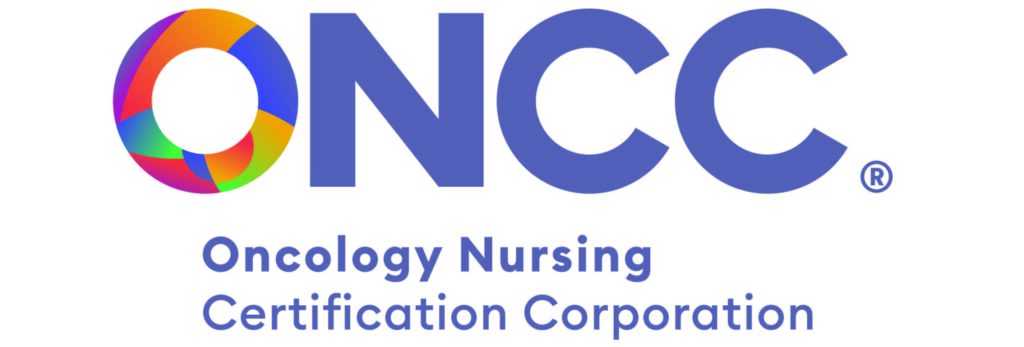APHON Spring Education Exchange
Mark Your Calendar, A Virtual Learning Experience Designed for You.
May 14-15, 2025
The APHON Spring Education Exchange (SEE) is here, and registration is NOW OPEN!
Join us for a brand-new, virtual-only learning event designed to accelerate your knowledge and keep you at the forefront of pediatric hematology/oncology nursing! This two-day, innovative event will be packed with engaging sessions, dynamic discussions, and cutting-edge insights—all from the comfort of your own home or workplace.
Members: $199 (includes all sessions & exchanges)
Non-members: $260 (includes all sessions & exchanges)
APHON Spring Education Exchange
May 14 – 15, 2025
12:00 PM EST
SEE Who’s Here
Welcome & Speed Networking/Ice Breaker
12:15 PM EST
Blinatumomab…Past, Present, and Future
Blinatumomab, a bispecific T-cell engager (BITE), is increasingly used to treat pediatric B-cell ALL as its indications expand. This immunotherapy has unique side effects and administration methods, requiring nurses to understand its special considerations and potential adverse reactions. With Blinatumomab becoming more common, the question remains—where will we see it next?
Karen Kestenbaum, DNP, APN, CPHON®
1:15 PM EST
Beyond CRS and ICANS: CAR T-cell Therapy for CNS Tumors: Nursing Assessment and Management
Diffuse midline gliomas (DMG) are aggressive central nervous system tumors that are inoperable and lack curative treatment, with survival rarely exceeding two years. Chimeric Antigen Receptor T-cell (CART) therapy, originally developed for leukemia, is now being explored for solid tumors like DMG, with GD2-CART showing promise in early trials through locoregional administration to enhance efficacy and reduce systemic toxicity. This presentation will discuss the nursing assessment and management of toxicities in children receiving GD2-CART, including tumor inflammation-associated neurotoxicity (TIAN), the need for thorough neurological evaluation, and comprehensive care to support both medical and psychosocial needs.
Christina Baggott, PhD, RN, PPCNP-BC, CPON®, FAPHON
Courtney Erickson, RN, BSN
Ashley Jacobs, RN, BSN, CPN, BMTCN®
2:00 PM EST
Developing A Photobiomodulation Program For A Pediatric Oncology Hospital
A clinical trial found photobiomodulation (PBM) effective in preventing oral mucositis in children undergoing hematopoietic cell transplantation (HCT). A dedicated PBM program was established with trained staff, protocols, and integrated patient care. Since 2021, it has treated 324 patients, expanded to high-risk groups, and won a Clinical Care Improvement Award.Session description coming soon
Belinda N. Mandrell PhD, RN, PNP-AC, FAAN
3:00 PM EST
Creating and Sustaining a Night Shift End-of-Life (EOL) Safety Huddle to Improve Communication and Collaboration Among Disciplines
Effective communication and collaboration are essential when transitioning pediatric oncology patients to end-of-life care, yet coordination among interdisciplinary teams can be challenging, especially during night shifts. The Night Shift EOL Safety Huddle, a quality improvement intervention using a structured checklist and Zoom meetings, was implemented to enhance communication, awareness, and teamwork among providers. Results showed that over 90% of participants found the huddle beneficial, leading to clearer symptom management plans, better contingency identification, and improved interdisciplinary communication.
Michelle Schuster, MSN, RN, CPHON®
Katherine Woodard, MSN, RN, CPNP-PC, CPHON®
3:30 PM EST
Implementing Toyota Production System Methodology to Reduce CLABSI Rates: A Quality Improvement Project
This session will describe how our institution used improvement science to address CLABSI rates in pediatric oncology. By identifying patient bathing as a key issue, we implemented process changes, including enhanced admission education, a standardized bathing routine, and dedicated staff support. These efforts led to improved compliance and a significant reduction in CLABSI rates, with sustained success over time.
Angie Blackwell, MSN, RN, ACCNS-P, CPON®
Heather Christensen, RN, BSN, CPHON®
4:00 PM EST
Facilitated Exchange
Ashley Slauter and Select Speakers
4:45 PM EST
Closing Remarks
12:00 PM EST
SEE the Possibilities: Welcome to Day Two!
12:05 PM EST
The Power of Pixels: Imaging Modalities for Children with Brain Tumors
In the United States, CNS and brain tumors are the most common cancer in children ages 0-19 and the leading cause of cancer-related death in children ages 0-14. Imaging plays a critical role in diagnosing and managing brain tumors, as some can be identified without a tissue sample using neuroimaging techniques like MRI. This session will review common imaging modalities for pediatric brain tumors, help nurses understand different MRI techniques, and discuss the benefits of advanced imaging, including MRI with perfusion and spectroscopy.
Breanne Roche, DNP, APRN, CPNP-PC, CPHON®
12:35 PM EST
Decreasing Pain and Discomfort associated with Nasogastric Tube placement Utilizing Oxymetazoline-Tetracaine and Interdisciplinary Collaboration
Nasogastric (NG) tube placement is known to be one of the most painful medical procedures, causing significant anxiety, especially for patients undergoing treatment at Cincinnati Children’s Hospital’s Cancer and Blood Diseases Institute (CBDI). In response, an interdisciplinary task force developed a SMART AIM to improve the patient experience by using oxymetazoline-tetracaine nasal spray, which was rated as “excellent” or “good” by 92% of patients, caregivers, and staff. Based on positive results, the task force recommends expanding the use of this numbing spray to other nasal procedures and further researching its effectiveness in pediatric populations
Angela Faulhaber, MSN, APRN, CPNP, CPHON®
Jill Melchers, MSN, APRN, CPNP, CPHON®
1:05 PM EST
Debating Curative Therapies for Sickle Cell Disease: Gene Therapy vs Allogeneic Transplant
Sickle cell disease (SCD) is an inherited blood disorder caused by variants in the β-globin gene, leading to complications like pain, anemia, organ damage, and reduced life expectancy. Allogeneic hematopoietic stem cell transplant (HSCT) offers a curative option, but its success is limited by donor availability and risks like graft-versus-host disease (GVHD). Recent gene therapies show promise as alternative treatments, though their high cost and limited long-term data pose challenges in their widespread use for SCD patients.
Misty Evans, DNP, APRN, CPNP-AC, BMTCN®
2:20 PM EST
Future-Proofing Nursing: Leadership Innovations for Retention, Generational Harmony, and Healthy Work Environments
In this forward-thinking presentation, we will explore innovative nursing leadership strategies focused on retention, generational harmony, and healthy work environments. Attendees will gain insights into approaches for enhancing nurse retention through career development, recognition, and leadership accountability, while also learning how to bridge generational gaps and foster inclusive, collaborative teams. The session will also cover ways to create supportive work environments that prioritize nurses’ physical, mental, and emotional well-being, ultimately improving job satisfaction and patient care.
Meredith Foxx, MSN, MBA, APRN, NEA-BC, CPON®, PCNS-BC, PPCNP-BC
Mary E. Newman, DNP, RN, CPON®, NE-BC
Joan O’Hanlon Curry, DNP, RN, CPNP-PC, CPON®, NEA-BC, FAPHON, FAAN
3:20 PM EST
Coming Soon
Session description coming soon
3:50 PM EST
Closing Remarks
Why Attend?
- Flexible, Virtual Format – No travel required! Engage in high-quality education from anywhere.
- Earn Essential Education Hours – Sessions tagged for ILNA hours to help maintain your CPON®/CPHON® certification.
- Learn from Leading Experts – Gain practical knowledge from top professionals in the field.
- Interactive Exchange Sessions – Engage in discussions with peers and thought leaders to exchange ideas and best practices.
Thank You to Our SEE Partner
APHON SEE Cancellation Policy
Please note that refunds will not be issued for cancellations of APHON SEE registration. However, we are happy to transfer your SEE registration to another individual if you are unable to attend. Registration fees for APHON SEE cannot be transferred or applied to the APHON Annual Conference or any other APHON events. If you need to transfer your registration, please contact us at education@aphon.org for assistance.

